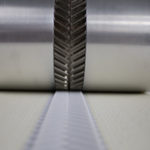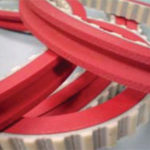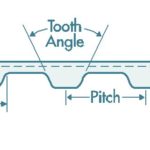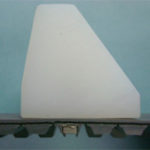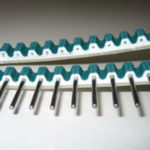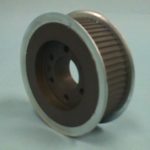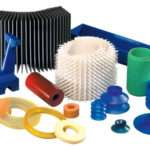Globax news
Blog
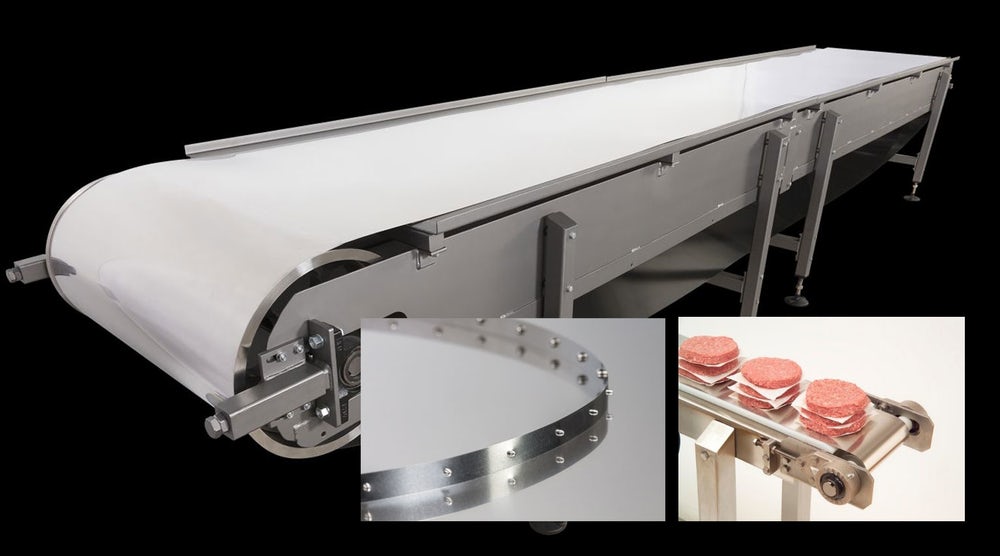
Rubber Conveyor Belt Market to Cross USD 4.5 Billion by 2026
Rubber conveyor belt market revenue is slated to hit US$ 4 billion by 2026, according to a forecast growth analysis by Global Market Insights, Inc. Growing industrial usage for cleaning agents will propel the industry growth in the upcoming years.
Intensifying rubber conveyor belt usage in the mining industry will likely enhance the product use during the forecast timespan. These are widely used in underground mining and open pit mining applications as they offer efficient transportation services of bulk materials over short, medium, and long distances through topographically difficult terrains having steep angles. For long-distance coal conveying, these belts are preferred due to their anti-abrasive, flame-resistant, heat resistant, and oil-resistant properties and power savings capability. Moreover, increasing population and improving economic conditions are leading to an increase in the utilization for commodities, such as iron ore, coal, and copper, fueling the growth of mining industry. This is also directly bolstering the usage for rubber conveyor belts by 2026.
Some major findings of the rubber conveyor belt market report include:
The surging global demand across power generation, mining, and manufacturing industries will propel the rubber conveyor belt usage.
The high versatility, lightweight nature, and cost-effectiveness have made conveyor belts highly popular across various end-use industries.
Asia Pacific holds the major share in the overall rubber conveyor belt market due to significant presence of the end user industries such as mining, power generation, general manufacturing, recycling, etc.
The steel cord reinforced conveyor belts have high tensile strength at maximum conveying capacity as well as excellent impact resistance, they also exhibit only slight elongation even over long conveyor distances.
North America and Europe will show sluggish growth rate in comparison to other regions due to more adoption of renewable sources for power generation and slow growth rate in mining and other manufacturing sectors.
However, the expense for setting up conveyor belts in a plant or in a mine is considerably high. Furthermore, the maintenance and replacement cost of the product incurs a huge expenditure that may hamper the rubber conveyor belts market size in the forecast span. Nevertheless, its property to minimize the labor and transportation cost may bring ample prospects for the rubber conveyor belt industry by 2026.
On the basis of materials, the industry is classified into steel reinforced belts, textile reinforced belts and solid woven belts. The textile reinforced belts are then further bifurcated into commodity textiles and performance textiles. The textile reinforced rubber conveyor belts carcass is made up from nylon and polyester blends, providing high strength, along with exceptionally good abrasion and fatigue resistance. It also provides extremely low moisture absorption, good dimensional stability, that generated a revenue over USD 3 billion in 2018.
Read more: Rubber Conveyor Belt Market to Cross USD 4.5 Billion by 2026

